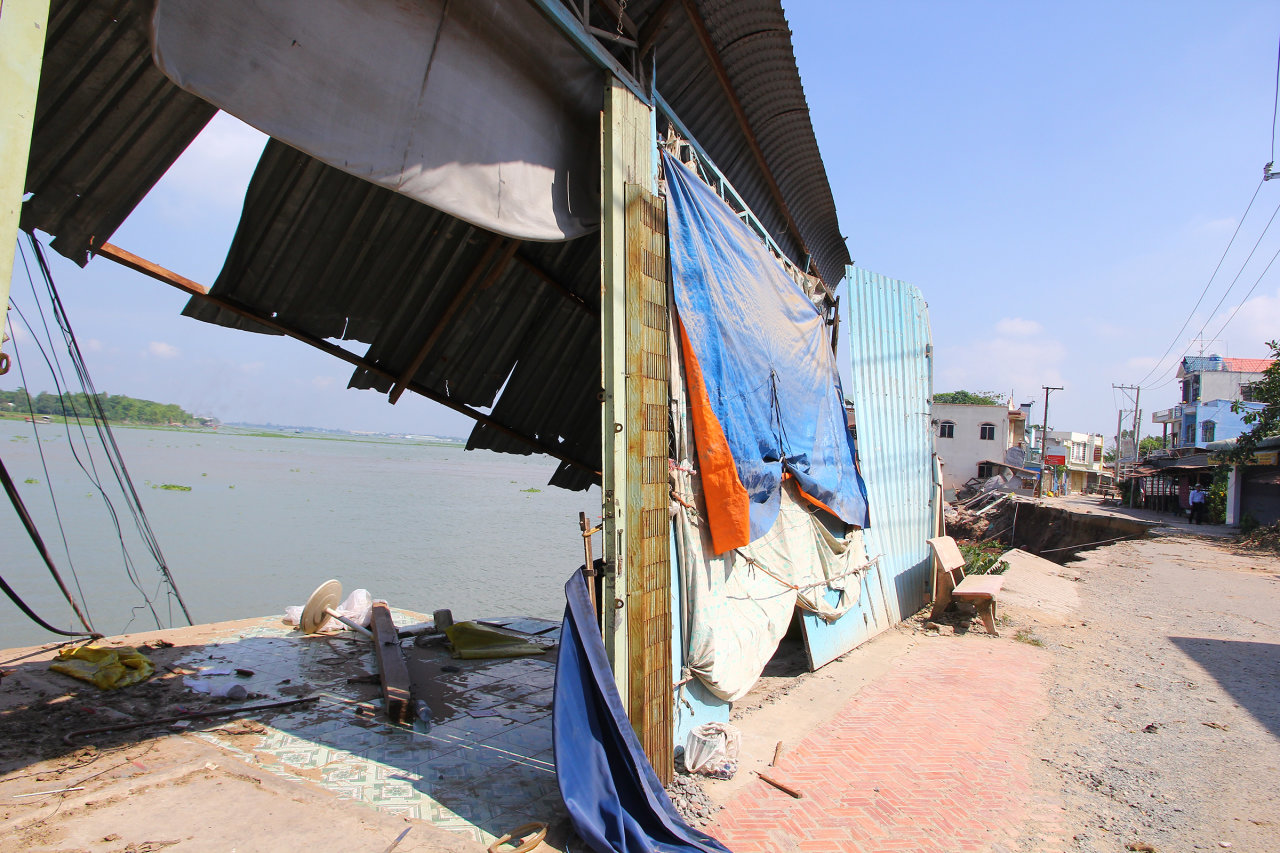Vietnamese authorities are reviewing a draft regulation that prohibits the exploitation of sand in areas affected by riverbank subsidence.
The Ministry of Natural Resources and Environment is gathering feedback on a draft circular regarding the management of sand exploitation in local rivers.
The tentative regulation states that such operations must take into consideration the geological features, torrents, and conditions along the country’s river banks.
All exploitation activities should be banned in areas suffering from subsidence in order to avoid any situations that might threaten the safety of local residents and the function of dams and embankments.
The provisional circular also promulgated that the management of sand exploitation along rivers should be carried out in a comprehensive manner.
Accordingly, the Ministry of Natural Resources and Environment should coordinate with local authorities to monitor activity involving waterways across the country.
Lai Hong Thanh, deputy head of the General Department of Geology and Minerals under the environmental ministry, says feedback on the draft circular will be collected in 60 days.
Following that period, the ministry will complete their draft of the regulations before submitting it for approval, Thanh said.
Riverbank subsidence has been an aching problem in provinces across Vietnam, particularly in the Mekong Delta.
The most recent and serious case was recorded in An Giang Province in April when some 14 houses sunk after a section of the Vam Nao riverbank in My Hoi Dong Commune, Cho Moi District, subsided.
Local authorities warned that at least 51 additional locations across the province are also at risk of riverbank collapse.
A delegation led by the Ministry of Agriculture and Rural Development on May presented their findings regarding the increasingly dangerous subsidence, stating that excessive sand exploitation was a major cause of the issue.
Like us on Facebook or follow us on Twitter to get the latest news about Vietnam!





















































